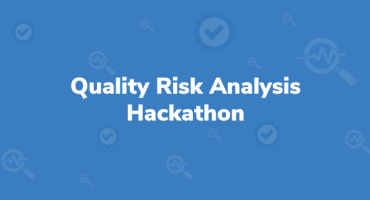The Major Differences Between QA vs QC and Everything Else in Between
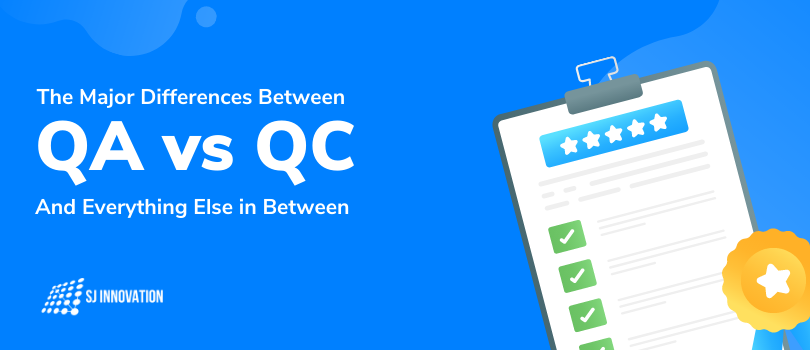
To err is human but in the world of software development, the cost of a mistake can be too high. History calls back many unforgettable instances where software flaws went horribly wrong.
For instance, PayPal accidentally credited a man $92 quadrillion which undoubtedly pointed out to a programming error. Similarly, the major hit ‘Gangnam Style’ video exceeded the maximum value and ‘broke’ Youtube!
On a more everyday level, performance issues in an eCommerce website can end up costing the owner millions of dollars in revenue. Similarly, even one small error in the EHR system can put a patient’s life at risk.
To ensure the released software is safe and functional, the concept of software quality was introduced in the software development life cycle (SDLC).
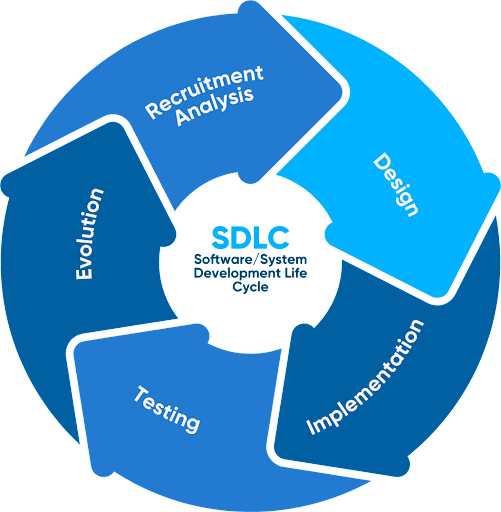
But what exactly is Quality Assurance of software? Why is software testing and QA important for any business? So also, there are other essential questions. We bet you’ve heard a lot about Quality Assurance and Quality Control. Even though the terms give you the feeling that they overlap with each other, they are not the same thing. To answer all of these questions and more, read on!
In this blog, let’s take a look at
- Why Quality Assurance is the need of the hour?
- What exactly is Quality Assurance?
- Why does a company need to hire the right QA team during product development?
- Why is QA crucial in any software development project?
- How to successfully set Quality Assurance in software development into motion?
- What exactly is Quality Control?
- Why distinguish between Quality Assurance vs Quality Control?
- Main differences between Quality Control vs Quality Assurance?
- The scope and methodology of quality assurance and quality control
So, let’s get down to deciphering quality assurance vs quality control, and everything else in between.
Why Quality Assurance is the need of the hour?
A website you find on the internet might seem great at first. However, as you scroll down, go to the next page, or try to send a contact request, you realize it begins to show some design errors and glitches.
- If these flaws are found by users, it automatically brings down the reliability and trust in your product or service.
- Worst case scenario: If the bugs are heavily integrated into the code, it can cause the entire system to crash.
It’s what happens when your software does not go through a thorough and precise Quality Assurance process.
What exactly is Quality Assurance?
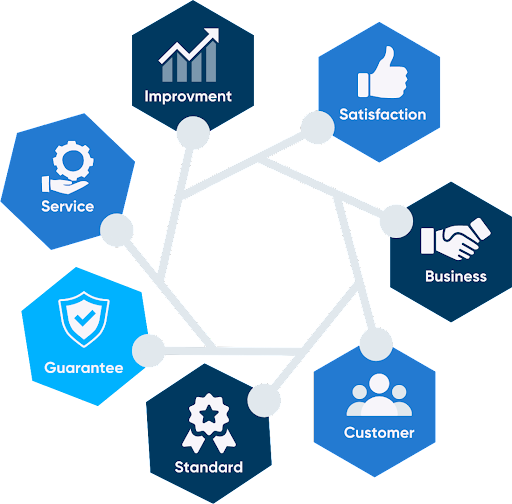
No matter what the field, as long as an end-user product is created, Quality Assurance is very essential. In software development, it’s the first step that needs to be taken at the start of a project.
According to ISO 9001:2005, Quality Assurance is the extent to which the characteristics of a product match the requirements of the customer. It’s about offering confidence that all quality requirements are met and taking remedial steps to get rid of nonconformities.
- What does it focus on? Quality Assurance revolves around steering clear of defects and keeping an eye on the process of delivering high-quality products and services and the ways that are chosen for development and testing. It is a process that focuses on whether the team is performing techniques and processes with the right methods.
- How are quality standards maintained? During the process of creating a successful and full-fledged product, QA acts as a security blanket that helps you sleep peacefully knowing your software is glitch-free.
- QA satisfies the customer’s needs as much as possible by making use of the given guidelines, specifications, standards, and other related documents.
- QA is carried out by the entire organization — the product team, clients, managers, and third parties.
- A few examples of QA activities are reviewing, performance testing, API testing, code inspection, auditing, simulations, design inspection, standardization, functional testing, and path testing. Are you wondering how? You can get in touch with our Quality Assurance and UAT professionals to get a detailed overview of how we achieve optimum product quality!
Quality Assurance of software also covers many avenues. As a result, the boundaries between where development ends and software testing begins can be undecipherable. Even during the process of software testing, the lines that differentiate between Quality Control and Quality Assurance of software are blurry.
Why does a company need to hire the right QA team during product development?
As a product slowly begins to gain traction, thorough testing becomes imperative. After all, as many people start to use an app or website, any bugs that may have escaped into production become more visible. As a result, it obtains negative reviews from end-users. How can you prevent a poor-quality product or software from reaching the audience? By making sure your company hires the right QA team of course! It’s important to find the right Quality Assurance experts that achieve your organization’s requirements and objectives when delivering software.
Why is QA crucial in any software development project?
Yes, the underlying goal of Quality Assurance is to recognize errors and areas of improvement so that the final product is high-quality and fault-free. However, QA is also crucial when maintaining a business reputation in the market and client relations.
- Ensures quality and performance are not compromised
- If the quality and performance of the end-product do not meet the required standards, it cannot compete with other products in the market given how relentless the software business can be.
- Quality Assurance of software preserves and maintains the quality and competitiveness of the product before it is released to end-users and after every update rollout.
- Conserves money and time
- When mistakes and bugs are recognized during the later stages in the development process, it can cost your company greatly. After all, fixing mistakes in a designed and coded product is going to waste time and as a result, cost more.
- A cleverly crafted QA strategy ensures errors are minimized and no mistakes reach the final stages.
- As a result, it reduces any major loss for the software development company and the client.
- Safeguards the reputation of a business
- Faulty software can cause a lot of inconveniences, legal troubles, and even controversies which can impact the reputation and position of the software provider in the market.
- If the product is substandard, it can negatively affect the bond between a company and its clients.
- Quality Assurance, in this case, acts as the ideal brand ambassador for your business.
- Enhances security in software products
- Sometimes, a software application may meet its functional requirements and may be performing effectively, but if it is not entirely secure, end-users are not going to trust and so, use it.
- These vulnerabilities in the software system’s security can tamper with the authenticity of the software and compromise user data.
- With software quality assurance, you can discover these vulnerabilities in a software’s security and build a reliable and secure product.
Ultimately, a seamless user experience is what matters. A software system that comes with errors and bugs which result in an inconvenience to users doesn’t fulfill these criteria. Long story short, users won’t end up with a product they are happy to use.
How our QA team can help?
All through the development process, QA engineers make it a priority and put in the work to ensure that the product is developed without faults. Our Quality Assurance team collaborates to make certain issues are avoided so that the end product functions appropriately when in the hands of the audience. Ultimately, it is our duty to ensure that the user is satisfied with the end product they are using.
How to successfully set Quality Assurance in software development into motion?
To ensure that the QA team delivers apps or software that falls in line with an organization’s expectations, professionals go through a set of steps to ensure Quality Assurance in software development is not compromised.
- Analysis
- The cost of fixing a recognized defect during testing is always more than the cost of preventing one from taking place at the requirements design stage so a QA team puts in the work to analyze and clarify functional and non-functional software necessities.
- At this stage, QA professionals ensure the software requirements are consistent, clear, traceable, complete, and can be tested.
- In this way, possible software defects are prevented and upcoming test design activities are determined.
- Planning
- The Quality Assurance team makes use of the knowledge gained during the requirements stage as a foundation for test planning.
- A test plan usually consists of a test strategy and covers a testing scope.
- Other elements that are covered include the types and levels of testing an application needs, a project budget and deadlines, bug tracking, reporting procedures, and other elements.
- Design
- QA specialists design test cases which are checklists covering software needs, conditions, test data, test steps required to authenticate a specific functionality.
- Test engineers begin test design activities and conduct some experimental testing to understand an application and finalize the best way to test design.
- The test environment is also prepared for test case execution which should look at available databases, hardware, software and network configurations, and operating system settings.
- Execution and defect reporting
- The test team takes over test execution from the development team at the API and UI levels.
- At this stage, designed test cases are executed, found defects are submitted while automated test reports and test scripts are generated using a selected framework.
- Regression testing and retesting
- After found defects are rectified, the QA team retests functionality and carries out regression testing.
- It makes certain that bug fixes have neither made the related functionality different from what is mentioned in the requirements nor broke the related functionality.
- Release testing
- After the development team sends out a release notification, the test team recognizes software functionality that is impacted owing to the introduced changes.
- Next, they determine test suites needed to cover the scope of the deployed build.
- Next, smoke testing is performed to confirm the build is stable and when it is passed successfully, the test team executes and recognizes test suites. A test result report is then submitted after it is complete.
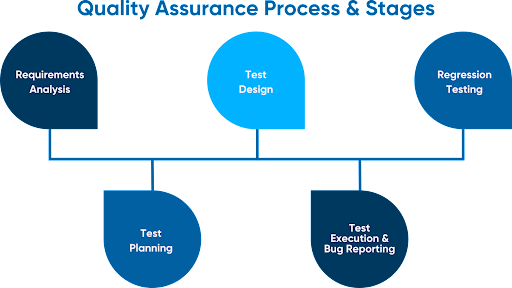
What exactly is Quality Control?
- Quality Control is an essential part of quality management. It focuses on fulfilling quality requirements — the end product’s interface, performance, and functionality.
- QC is the inspection of the end product that uses operational techniques and procedures to detect defects and bugs in the product/service and report them so they can be rectified.
- It is the final phase of the software testing process. Some of the quality control activities are measurements, inspection, verification, manual and automated testing as well as validation.
Why distinguish between Quality Assurance vs Quality Control?

- Having a clear idea on Quality Assurance vs Quality Control helps your team stand true to the best practices within a team. In this way, your professionals focus on putting together a product that is glitch-free and well-functioning.
- If your QA team performs its role of analyzing and resolving processes thoroughly, the QC team will have to face fewer problems later on, from a long-term perspective.
Main differences between Quality Control vs Quality Assurance
Broadly speaking, there are four distinctions between Quality Control vs Quality Assurance.
- On managing current and future issues
- A Quality Assurance team conducts code analysis, audits, and teaching sessions from the very start so that during the early stages itself, the best testing and development practices can be set into motion. Thus, leading to fewer product issues.
- A QC team deals with present-day issues. Instead of recognizing probable problem areas, they identify and react to defects and correct those issues in the developed software.
- On finding long-term and short-term solutions
- Software quality assurance forges long-term methods and procedures. On the other hand, QC mainly deals with quickly fixing a specific code issue.
- So while QA puts the best testing practices into place, QC delivers the product based on requirements.
- On noticing the progress of a product
- Quality Assurance of software deals with enhancing long-term processes so that no problem is encountered by the end-user. Quality Control revolves around delivering the best product.
- The fixes carried out by QC temporarily work as short-term solutions. However, they are defined and obvious. The results derived by QA take a longer time to implement, but they have long-term advantages.
- While the QA team deals with optimization and prevention of any problem in the software, QC is more concerned with fixing.
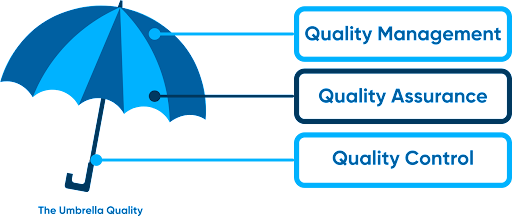
Are you wondering why we are showing you the major differences between Quality Assurance vs Quality Control?
Well, it’s because
Differences between QA and QC make teams understand here their competencies lie
QA and QC teams wouldn’t like their workflow to be interrupted but completely separating the two elements isn't the solution.
When trying to implement QA and QC, teams usually wonder about the cooperation between the two concepts. How independent are the two teams from each other? Do they influence each other and where do each of their competencies lie?
There are reasons why QA and QC should cooperate. After all,
- If the end project is not clean, the fact that processes are optimized won’t matter much.
- So also, if the underlying issues are not solved, the fact that the code is cleaned up will be pointless.
The scope and methodology of quality assurance and quality control
Quality Assurance
- Revolves around primary production
- Code must be developed systematically and clean
- Performed first and lays the foundation for quality verification
- QA developers examine the development process and its effectiveness using an audit
- Puts together a list of criteria that a product must adhere to
- Specifies product metrics, requirements, and benchmarks
- Sets user expectations, interacts with stakeholders, understands and interacts with competitors
- Informs the team about the most appropriate testing and development processes
Quality Control
- Looks into secondary factors
- Revolves around browsers, hardware differences, various OS, API compatibility, and add-ons
- Functions on a set of metrics and criteria put down by the QA team
- Focuses on implementation of the product and highlights even the smallest of issues
- Executes the program to assess performance and overall quality
- Confirms requirements offered by QA specialists
- Gives feedback to the Quality Assurance team to incorporate insights into their long-term practices
- Communicates feedback on optimization and automation
If you require a quality assurance plan, get in touch with our Quality Assurance & UAT experts who offer end-to-end software testing services for all your major and minor software testing needs today!

Implementing edit records in multiple associated tables in Cakephp 3
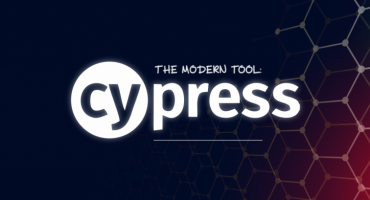
THE MODERN TOOL: CYPRESS
